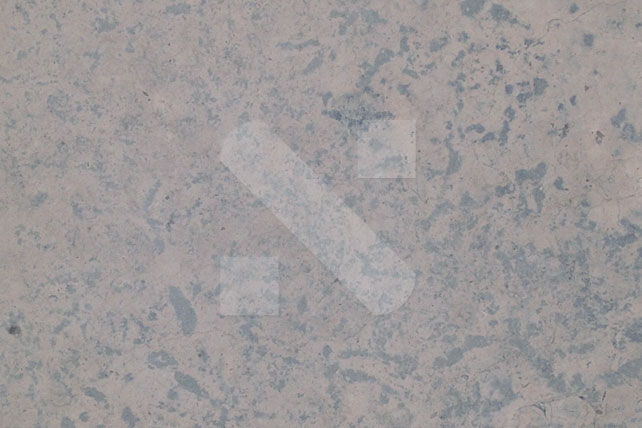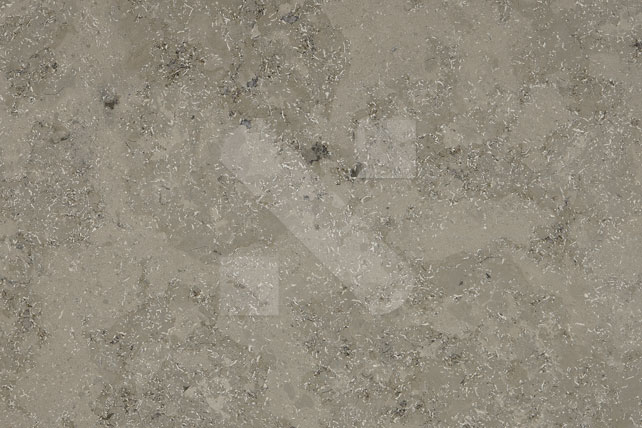There are today two major grey limestones in the market that are normally considered for projects all over the world. They are the Jura Grey limestone from Germany and the Moleanos Blue limestone from Portugal. There are common misconceptions about these limestones and often people are confused and do not know the difference. Well, here we disclose a bit of information, making a detailed comparison between both limestones.
Both the Jura Grey and the Moleanos Blue are very popular and on-demand limestones that are commonly used on projects both on exterior and interior applications. They share common technical characteristics as well as visual ones. Below, we describe each individual limestones, showing what their similarities and differences.
1. Moleanos Blue limestone
The Moleanos Blue is a light blue / grey coloured limestone that is extracted in Portugal by few quarries. It presents a pale blue / silver colour, with a fairly uniform background and slightly darker areas with a specific pattern. It may also present some brownish darker spots, but generally the limestone does not present too much calcite nor fossils, having a pretty “clean” surface.
The Moleanos Blue is also a fairly hard limestone that is normally used on both exterior and interior applications, in the vast majority of countries, regardless of weather conditions.
Main Features: Light grey / blue coloured background; considerable hardness; little variation.
Recommended for: Exterior and interior applications in general.

2. Jura Grey limestone
The Jura Grey is a grey coloured limestone that is extracted in Germany by several quarries. This is in fact a direct variation of the well-known Jura Beige limestone, but presenting a grey / silver colour. The Jura Grey limestone presents a different structure than the Moleanos Blue, consisting on a messy and unpredictable structure, with strong signs of calcite, as well as diverse grey colour tone variation from dark to light. In addition, it presents regular signs of fossils and metal elements (that may rust if in contact with water). All-in-all, this is a cold coloured stone that has become increasingly popular for its particular look and great technical properties.
The Jura Grey is a type of limestone that is used basically on any kind of application, both interior and exterior.
Main Features: Irregular and messy structure; considerable hardness; strong signs of fossils and calcite.
Recommended for: Exterior cladding and interior applications.

Final comparison
Despite the comparison, we are talking about fairly different limestones, with different structures and overall look. White the Moleanos Blue presents a fairly plain colour, look and background, the Jura Grey presents a more messy structure, with strong signs of calcite and fossils. They both present the cold / cement look of the light silver colour, but with different look.
With a honed surface, these difference are pretty evident. However, if we add a popular surface finishing used on exteriors such as the sandblasted + brushed, we will see more uniformity and a tendency for both limestones to look the same. This specific surface finishing on the Moleanos Blue will carve a little more the stone and make it look very plain, basically looking like concrete. Whereas on the Jura Grey, this specific surface finishing will not change it dramatically, due to its hardness, the sandblast hardly carves out the surface of the stone, making it only slightly lighter than usual.
In any case, we are talking about two limestones that, despite being strong competitors, are not that similar if we look close enough. They look slightly different, have different structures but share the colour and overall cold feel that is much appreciated these days.
For more information about these limestones, visit Juragreylimestone or Moleanos. Or check the video with the comparison here.

